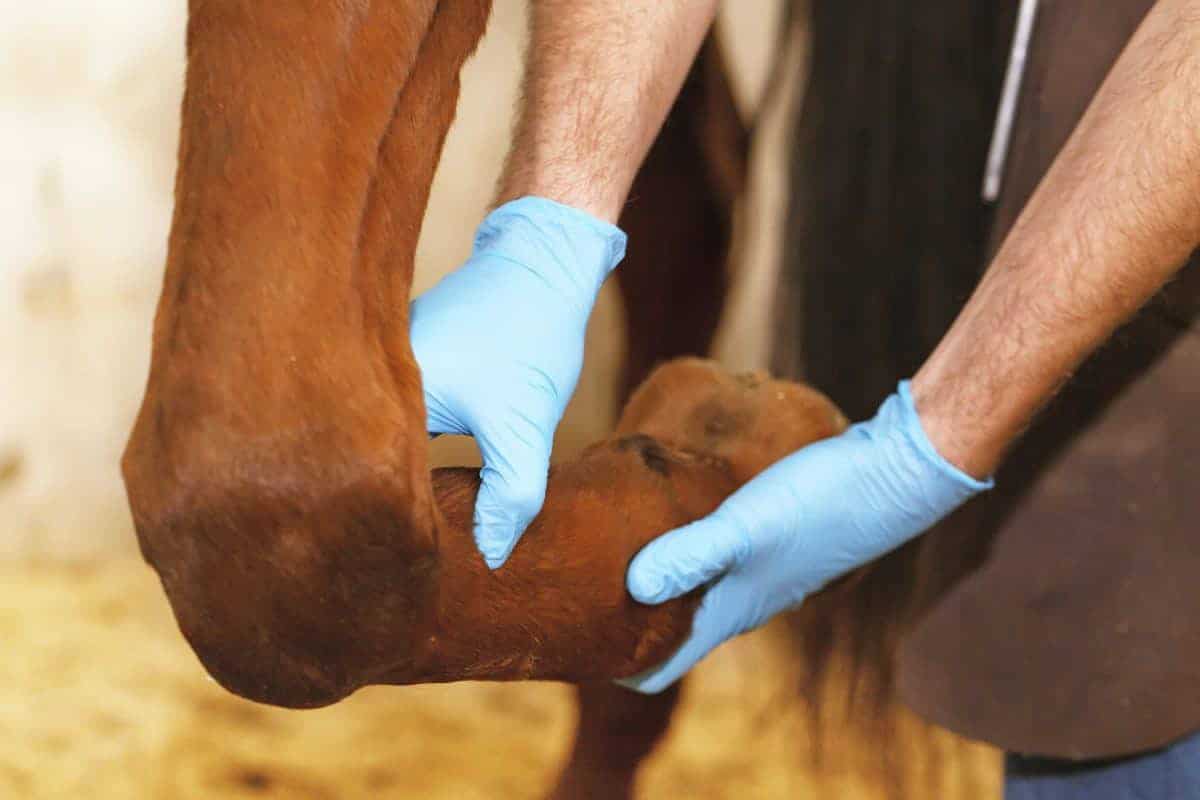Expert advice on out how to identify, treat and prevent tendon injuries

If you’re out competing this season chances are you’ve been worried about the hard ground. We’ve had months of dry weather, with occasional downpours, which can take its toll on our horses’ legs.
Carolin Gerdes senior clinician at Rossdales Equine Diagnostic Centre explains how to help prevent tendon injuries, how to spot a problem and what to you should do about it.
Minimise risk
We are often asked how to prevent tendon injuries. Even with the best care, they can still occur, but there are a few things you can do to minimise the risk.
- Always check the tendons before and after riding. Feel the back of the canon bone – it should be in a straight line and you should be able to feel the different tendons.
- Make sure he’s got good foot balance – there is a lot of truth in the saying ‘no foot no horse’, especially with tendons. It is important your vet and farrier work together to ensure he has good feet.
- Work your horse on different surfaces.
- Make sure he is fit enough for the job you ask him to do.
Tendon injuries don’t always signal the end of a horse’s career and they will often make a full recovery. It depends on the structures involved and the extent of the injury.
If the main flexor tendons at back of canon bone are affected it can be career limiting. However, damage to the check ligament, which is in a similar area, has a much better prognosis.
Clinical signs
It’s important to treat any tendon injury as quickly as possible. Unfortunately they are not always easy to identify, but here are the clinical signs to look out for.
- Swelling – the leg will often appear filled, however not all tendon injuries cause swelling.
- Heat – this is another sign of inflammation.
- Tenderness when touched.
- Lameness – you have to be careful with this, as even horses with severe tendon injuries may not be very lame.
Managing injures
If you are concerned your horse has injured a tendon, there a few steps you should take to manage the problem:
- Confine the horse immediately – he must be put on box rest.
- Cold hose the leg to reduce the heat.
- Call the vet – it is crucial to call your vet to find out the damage you are dealing with and what structures are involved. They can find out the underlying cause using ultrasound, which will then dictate the treatment available and the prognosis.
For more great veterinary advice on looking after competition horses, don’t miss Vet Essentials, which you can watch online via H&C Play or Amazon Video






